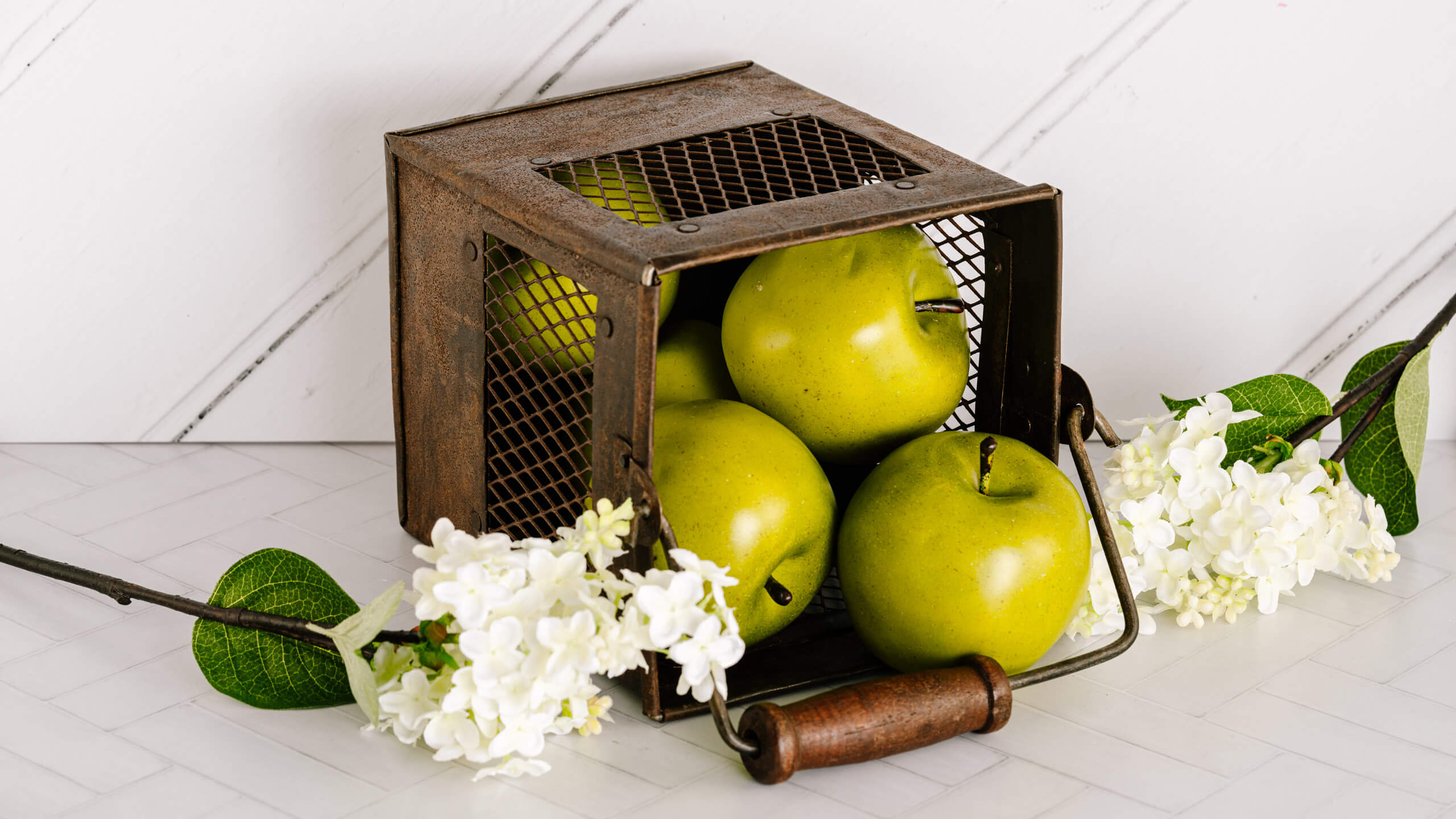Frequently, a seemingly straightforward task can turn out to be more intricate than initially anticipated. Initially, a basic one-light arrangement with a lighting tent evolved into something more complex. Let me walk you through it.
The setup
I started with a light tent set up on a table in the middle of the studio. I placed two backdrop boards in my light tent along with my props. I placed a GodoxAD200 Pro with a strip box (with honeycomb and diffuser). It was placed at a 45-degree angle to my light tent, essentially making the light a gradient. But there was too much shadow. So I added a second Godox AD200Pro with a strip box (with honeycomb and diffuser). Now not enough light on the front of my subject so I decided to add a third light. This time a Godox AD400Pro with a 90cm softbox. (I was hand-holding the camera so the position changes a little from image to image).
One light
Two lights
Three lights
Camera settings
Shooting with my Sony A7RIII and Sony 90mm macro lens, ISO160, shutter speed 1/160 seconds, f/7.1. My Godox AD200Pro are both set to 1/4 power and my Godox AD400 on 1/32 power, just to add a little fill. Now I had my light as I wanted I decided I didn’t like how my props were positioned. Too staged. So I needed to change that up.
Post-processing
I kept my post-processing pretty basic, just in Lightroom.
A few basic tweaks, a touch on ‘S’ in the tone curve and a very subtle Color grading to warm the image up just a touch. I feel the subject is well-lit, but still quite soft, with deep shadows within the metal basket and not surrounding it. I also used aperture f/7.1 to have more of the image in focus.
Was all this overkill? Possibly. But sometimes, you just have to fiddle and move your light around to achieve the desired results. Could I have used fewer lights? Sure. Could I have used natural light? Yes. I could have even used a combination of both. As I was playing and experimenting and I happened to have the lights on hand, I figured why not. You don’t often see a three-light setup for a simple still-life photo, but when it comes to product photography it’s quite common.
Source link








Leave a Reply